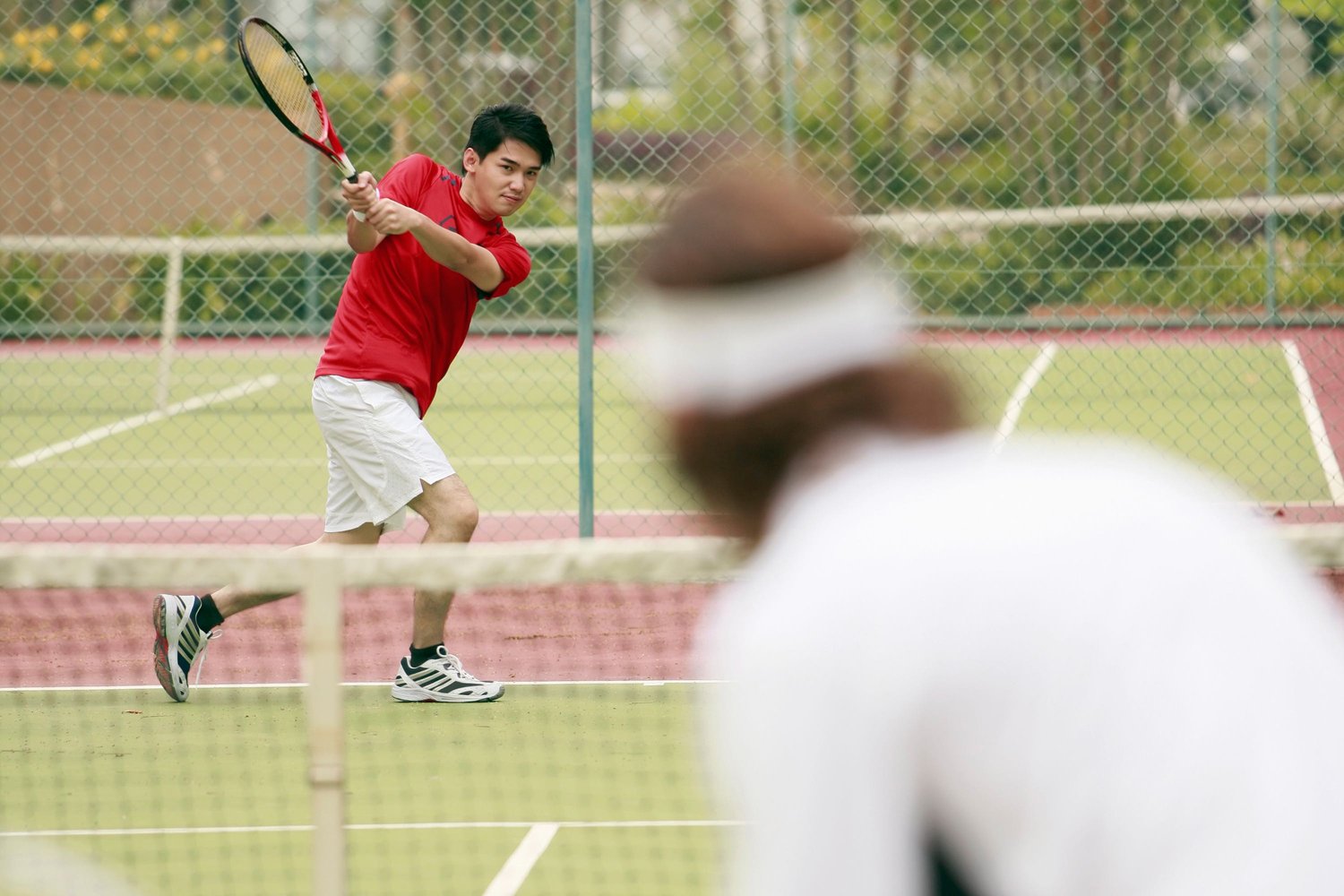Every great athlete knows that victory doesn’t just happen on the field — it starts with smart preparation. One of the most important steps in competitive success is learning how to analyse your opponent.
Just like in chess, business, or war, knowing your opponent’s strengths, weaknesses, and patterns gives you the edge you need to stay one move ahead.
In this blog, we’ll break down how elite athletes and coaches study the competition, and how you can apply the same strategies to improve your own game, no matter what sport you play.
Why Opponent Analysis Matters
Analysing your opponent allows you to:
Spot predictable patterns or habits
Anticipate their tactics or strategies
Identify weaknesses to exploit
Build confidence through preparation
As the saying goes,
“If you know the enemy and know yourself, you need not fear the result of a hundred battles.” — Sun Tzu
Let’s look at how you can do it step-by-step.
Step 1: Watch Game Footage Like a Coach
Video analysis is a powerful tool used by professional teams around the world.
🎥 What to Look For:
Movement patterns – Do they favour one side more?
Tactical decisions – How do they react under pressure?
Body language – Do they show frustration easily?
Set plays – What routines do they repeat?
🧠 Pro Tip: Don’t just watch passively. Take notes. Pause and rewind. Watch the same clip multiple times to pick up subtle details.
💡 Tools you can use:
YouTube highlights
HUDL (for school-level sports)
Slow-motion playback apps
Step 2: Identify Strengths and Weaknesses
Once you’ve watched enough footage, start building a scouting report.
📝 Create a Simple Opponent Profile:
| Skill | Notes |
|---|---|
| Strengths | Strong right foot, quick off the ball, confident shooter |
| Weaknesses | Struggles under pressure, avoids weak side, late reactions on defense |
🏀 For example:
If you’re a basketball player and your opponent is weak on the left-hand dribble, you’ll know how to defend smarter.
⚽ For soccer players:
If a winger avoids using their non-dominant foot, force them wide and away from their comfort zone.
Step 3: Analyse Tactical Tendencies
Understanding how an opponent thinks and moves as a team (or individual) can change your approach entirely.
🧩 Ask yourself:
Do they press early or wait and counter?
Do they play aggressively or conservatively?
How do they react after losing the ball?
Who is the playmaker? Who do they rely on?
💡 Tip: Watch key moments — like how they respond when losing or how they attack in the first 5 minutes.
📌 Pro Insight:
NFL teams study entire formations. MMA fighters watch hours of tape for footwork habits. You can do the same, scaled to your sport.
Step 4: Compare Their Style with Yours
Now that you know what your opponent does, ask:
👉 How does my style match up against theirs?
Are you faster? More technical? Mentally tougher?
Where could you neutralise their strength?
What makes you a tough opponent for them?
🧠 Example:
A power player might struggle against someone with endurance and speed. If that’s you, make the match long and force errors.
💬 Pro mindset:
Don't just react — prepare to dictate the game.
Step 5: Prepare Specific In-Game Strategies
Once you’ve gathered data, turn insights into action:
🎯 For individual sports (tennis, boxing, badminton):
Serve wide to their weak side
Force them into longer rallies
Use feints or fakes if they bite early
🎯 For team sports (soccer, basketball, hockey):
Man-mark key players
Set traps for over-aggressive defenders
Exploit off-ball movement gaps
🧠 Tip: Rehearse these strategies in practice so they become second nature during real matches.
Step 6: Adjust During the Game
Even the best scouting can’t predict everything. That’s why mental flexibility is key.
🧠 Watch for:
Changes in tactics
Injury to key players
Emotional shifts (frustration, fatigue)
💡 Pro Tip: Stay calm and adjust. Pro athletes stay one step ahead by staying aware and adaptable.
Bonus: Understand Opponent Psychology
Opponents aren’t just physical — they’re mental too.
💬 Psychological factors to observe:
Do they panic under pressure?
Do they argue with officials?
Are they overconfident or insecure?
If they show signs of weakness, use it to your advantage — stay calm, play smart, and win the mental game.
Create Your Opponent Analysis Template
Here’s a quick template you can recreate in a notebook or Excel:
🧾 Opponent Analysis Sheet
Name/Team:
Date/Match:
Strengths:
Weaknesses:
Preferred Tactics:
Emotional State Under Pressure:
Past Performance Notes:
How I Match Up:
In-Game Strategy Plan:
Use it for every key opponent, and you’ll build a powerful database of insights over time.
Conclusion: Study to Win
In sports, knowledge is power. The more you understand your opponent, the more prepared and confident you become. Analysing your opponent like a pro is not about fear — it’s about focus.
🏆 Great athletes don’t just train their bodies.
🧠 They train their minds to read, study, and outsmart the competition.
So before your next match, take time to scout. Watch their game. Break it down. Build a plan. And walk onto the field with the quiet confidence of someone who knows exactly what they’re up against — and how to beat it.
What Next?
Explore our blogs on other topics:













Recent Comments
No comments yet.